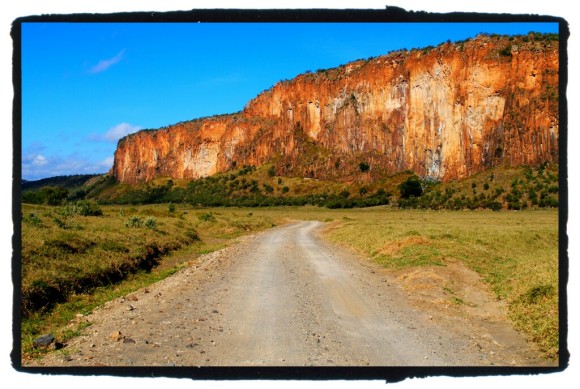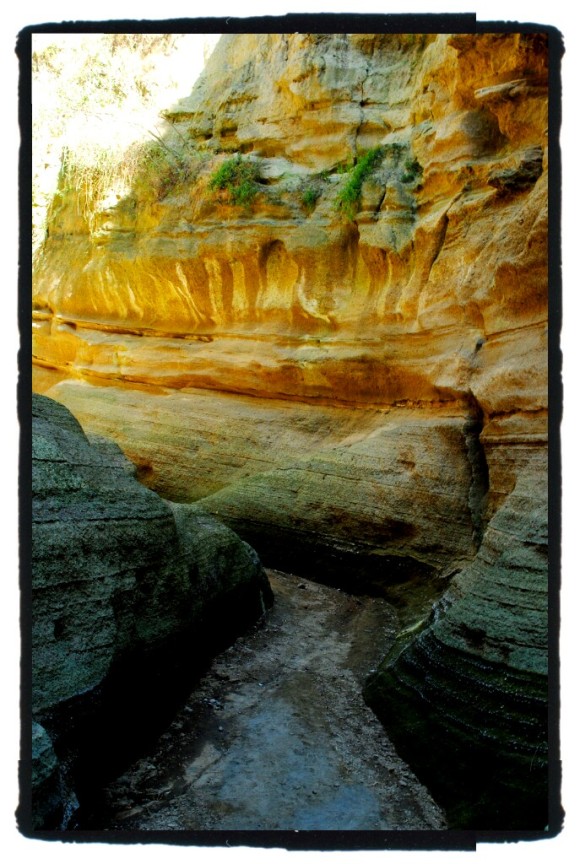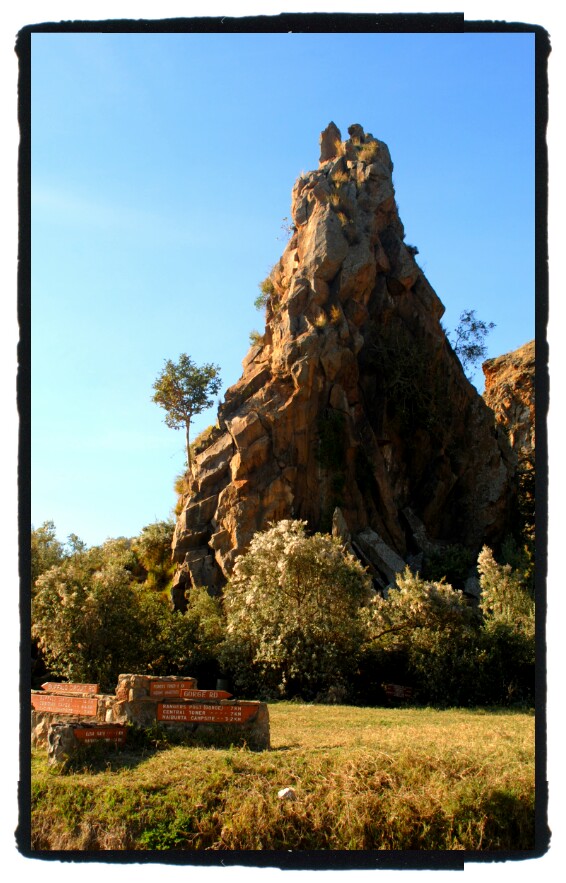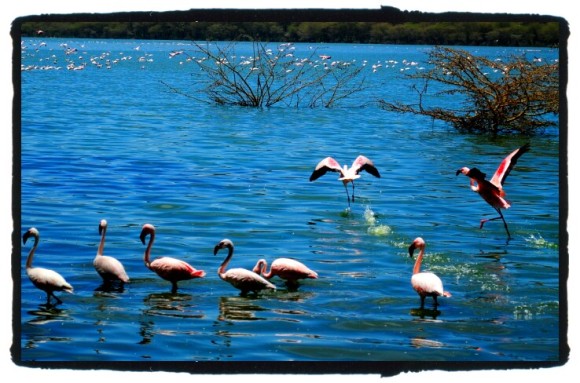When we hopped off the bus in Malaba, the bustling, ramshackle border town between Kenya and Uganda, we were immediately bombarded by motorcycle taxis trying to ferry us across the border.
“No, we’ll walk,” we said, finding it ridiculous to pay someone to drive us a distance we could cover in less than ten minutes.
So we hiked our bags on our back and headed to the office on the Kenyan side, when we saw the recliner chair from the best recliners we knew we had found the office. The office was easy enough to find, and the process was simple too. Since we had arrived in a mini bus, and not with one of the large international buses that ferry people between Kampala, Nairobi, and Kigali, we had also arrived with a crowd of locals going to market (and who therefore didn’t need to have their passports checked) and were the only ones in line. It took us all of ten minutes, and we were stamped and sent on to the Ugandan side.
A Peace Corps friend in Malaba had told us that the Ugandan office wasn’t that simple to find. We would have to veer left off the road a bit — so we tried to do that. A group of men shouted at us and told us we were going the wrong way. They pointed us towards a sidewalk where dozens of other pedestrians were walking in to Uganda, so we followed them, still looking for someone who could stamp our passports and give us a visa. Instead, we found two soldiers lazily sitting by an entrance looking thing, with their AKs sitting in their laps.
“Passports, please!” They demanded.
We handed them over.
“What’s in your bag?” One of them asked Liz.
“Where’s your WHO card?” The other asked me.
We responded accordingly, but it quickly seemed apparent that they were more interested in flirting with us than making sure we were legally crossing international borders. We smiled (because you should never upset a man with a gun) and moved on, now fully in the throngs of an African market filled with colorful fabrics. We stopped to look, because our Peace Corps friend had also mentioned it was a great place to find fabric we could later turn into clothes.
A few meters down the road, we found our bus to Jinja, and turned to each other to say “well, that was easy.”
It wasn’t until later that night we discovered that we were now illegal in Uganda — in the confusion of the border crossing and market, we had never managed to get a Ugandan visa (which all American citizens need in order to enter) or stamp… This was quickly becoming a hassle, I could catch myself thinking, how easy it was in Asia with the Vietnam visa on arrival program.
What You Need To Know
Before attempting to cross the border ourselves, the internet had made it seem as though it would be semi difficult to cross overland between Kenya and Uganda. I totally disagree.
The main towns to cross through are Malaba and Busia. For those coming from Kenya, you can cross into Uganda and return to Kenya with a single-entry visa (don’t waste the money on a multiple-entry visa — Kenya has special agreements with Uganda and Tanzania that allow you to travel between the three with only a single-entry visa) but you still need to buy a separate visa to Uganda. Visas for Uganda and Kenya cost $50 USD each. You can pay with local currency, but make sure you have exact just in case the border agents don’t have change (as happened to us). That said, visas are available on arrival.
Large bus companies such as Easy Coach cross the border, and make it easy for passengers to go through the process. Just hop off and follow what everyone else is doing, then meet the bus on the other side. They’re good about waiting and making sure everyone is back on board before leaving, just in case that sort of thing makes you nervous. If you are traveling with local buses, however, make sure you get both stamps! It’s very easy to find a bus in either direction from the border, and you generally don’t have to wait long. If you are going with a local bus, I’d suggest traveling by day. This is best if you are going only a short distance.
Also somewhat annoying, the bus from Malaba – Jinja is the same price as the bus from Malaba – Kampala, but worth it if you don’t want to back track.
All in all, crossing the border overland between Kenya and Uganda is easy, and you don’t need to have anything special (like passport size photos, as the official website claims) besides money for the fee in order to get a visa on either side. Plan to spend about an hour crossing, just in case you get caught behind a large group, and definitely don’t have any worries about crossing this border!
Our Return to Kenya
Ten days later, we groggily stepped off the Kampala – Nairobi direct and into the Ugandan passport control office.
“Where are your visas?” The offcial asked.
“We tried to get them! There were men with guns… they looked official… we don’t know what happened!” We groveled.
Our official consulted with someone else, and eventually decided that they would give us the visa, stamp us in, and stamp us out, all at the same time.
“Perfect!” We said, and happily forked over the $50 visa fee. We both breathed a sigh of relief that they were so understanding, and that we didn’t even have to offer a bribe, before ambling on to meet back with our bus and try to catch a few hours of sleep on the bumpy bus ride east.











